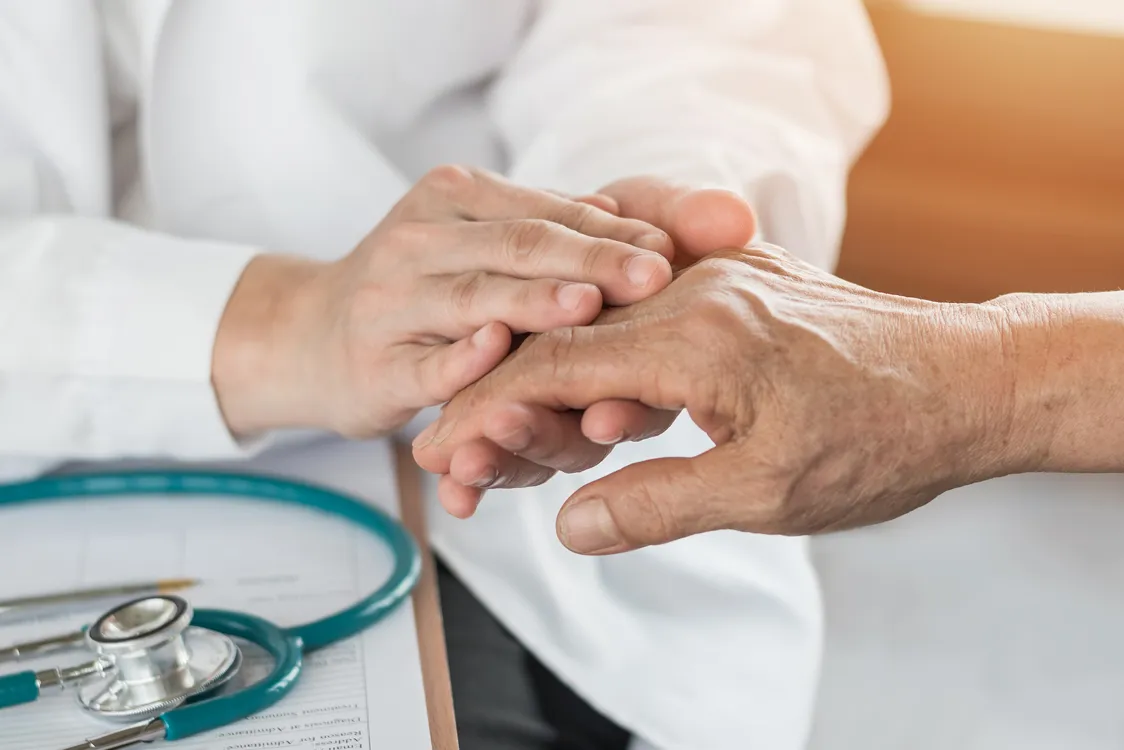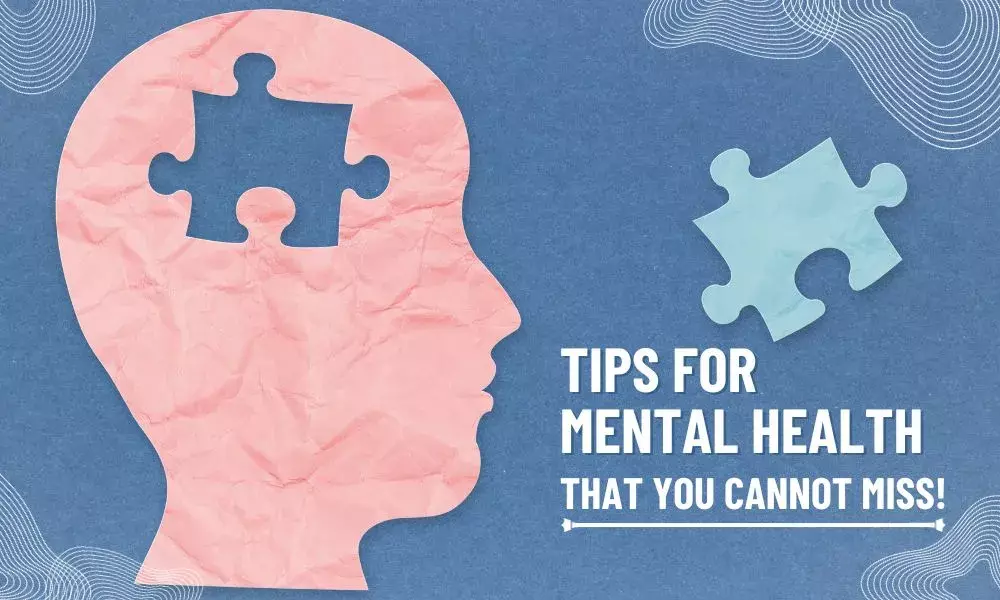Between 2019 and 2021, the proportion of adults in the US who had received treatment in the previous year—such as medication or counseling—rose.
Although there are racial disparities, new research indicates that the proportion of American adults who have recently received mental health treatment has increased throughout the COVID-19 pandemic. Mental health awareness and treatment is done by counselors, psychologists and psychiatrists, even via telehealth.
According to a report released on Wednesday by the National Center for Health Statistics of the Centers for Disease Control and Prevention, the proportion of U.S. adults who reported receiving any treatment for their mental health over the previous 12 months increased from 19.2% in 2019 to 20.3% in 2020 and then to 21.6% in 2021. The statistics are based on the National Health Interview Survey, where “any mental health treatment” is defined as receiving counseling or therapy, taking a mental health medication, or both.
In 2021, adults between 18 and 44 had the highest share of recently received mental health treatment, at more than 23%, compared to other age groups in the analysis. This is a significant change from 2019, when that age group had the lowest share of adults who had recently received treatment, at 18.5%. In 2021, 28.6% of women and 17.8% of men in that age group had received treatment in the previous 12 months.
The percentage of adults 45 to 64 who had received mental health treatment in the previous year remained broadly stable over three years, reaching 21.2% in 2021 as opposed to 20.5% in 2020 and 20.2% in 2019. With 19.4% in 2019 and 18.9% in 2021, the percentage of adults 65 and older who had received mental health treatment remained broadly stable.
Adults Receiving Treatment for Mental Health
The percentage of adults (18 and older) who received any mental health treatment in the previous 12 months was broken down by age group and year.
In 2021, among adults aged 18 to 44, more than 30% of white people had received treatment for mental health issues in the previous year, compared to 14.8% of Black adults, 12.8% of Hispanic adults, and 10.8% of Asian adults.
Asian adults saw the most significant increase in treatment use among all racial or ethnic groups within that age group, with an 80% increase from 6% in 2019 to 10.8% in 2021. While the share of Hispanic adults increased from 11.7% in 2019 to 11.8% in 2020 and 12.8% in 2021, the percentage of white adults increased by nearly 28% during that same time, from 23.8% to 30.4%.
According to the study, the proportion of Black adults aged 18 to 44 who had recently undergone treatment increased from 12.4% in 2019 to 17% in 2020 before falling to 14.8% in 2021.
The report’s findings coincide with widespread recognition that the COVID-19 pandemic has contributed to many people’s worsening mental health, even though it does not explicitly mention the pandemic as a reason people sought treatment.
According to a study published in The Lancet last October, the number of significant depression and anxiety disorders worldwide is expected to rise by more than 25% by 2020. According to a different CDC analysis released in the spring of 2021, between August 2020 and February 2021, the proportion of American adults reporting recent symptoms of an anxiety or depressive disorder increased from 36.4% to 41.5%, while the ratio saying they had not recently received the necessary mental health counseling or therapy increased from 9.2% to 11.7%.
According to survey findings released by the American Psychological Association in October of last year, 8 out of 10 psychologists who treat anxiety disorders and 7 out of 10 psychologists who treat depressive disorders both reported increasing demand since the pandemic began.
The association’s CEO, Arthur Evans, said that the statistics “highlight what we have been saying since the early days of the pandemic — we are facing a mental health tsunami.” “To increase access to different levels of care, we must invest in screening, prevention, and creative interventions in addition to continuing to support treatment via telehealth.”





